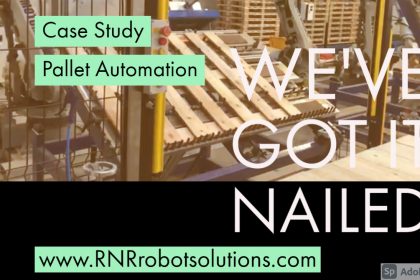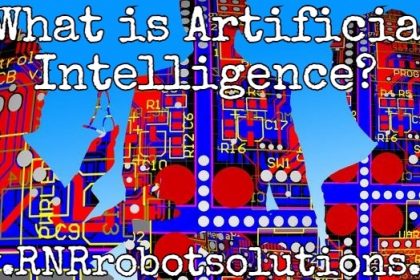We’re expecting a new normal once the lockdowns have finished and the world is able to get back to work. Here we look at how robots will change the way we work after the pandemic has passed.
An interesting article by Dr Mark Van Rijmenam looked at how he predicts the Corona crisis will change organisations. He foresees 5 substantive areas of change, including the normalisation of remote working, the slow down of globalisation, and an increasing role for governments. The 2 areas of more interest to us are the development of a more augmented workforce – and predicting that robotics will begin to take over.
An augmented workforce is where human workers and technology collaborate to undertake tasks. We explored the future of work in our blog here, where increasing effectiveness and efficiencies lead to a changing pattern of work with fewer hands-on workers, where more repetitive tasks are undertaken by robots.
Part of the ‘new normal’ will see businesses and manufacturers seeking to improve their performance to compete in a shrinking economy. A 15% drop in GDP will force businesses into a different, more competitive gear and will see an increasing role for artificial intelligence, blockchain technology and robotics as companies fight for a smaller slice of cake.
Dr Mark Van Rijmenam identifies that robotics will have an increasing role in factories, retail, agriculture, travel industry and service-oriented industries. For some of these, an augmented workforce may not be a step far enough – we may be looking at robots completely replacing the human workforce, apart from those needed to maintain the automation.
The benefits to employers are clear: robots cannot catch a virus, they can work round the clock, and they don’t need to practise social distancing.
The other sector where we will definitely experience a step change is healthcare. We are discovering daily new applications where robots are being used to deal with the COVID-19 outbreak in order to protect human workers – see our blog here. From cleaning and disinfecting wards, to monitoring and treating patients, and monitoring and informing populations at large, the way we handle such pandemics has now changed and robots are on the frontline. Provision of care will experience significant change in the post-COVID world.









